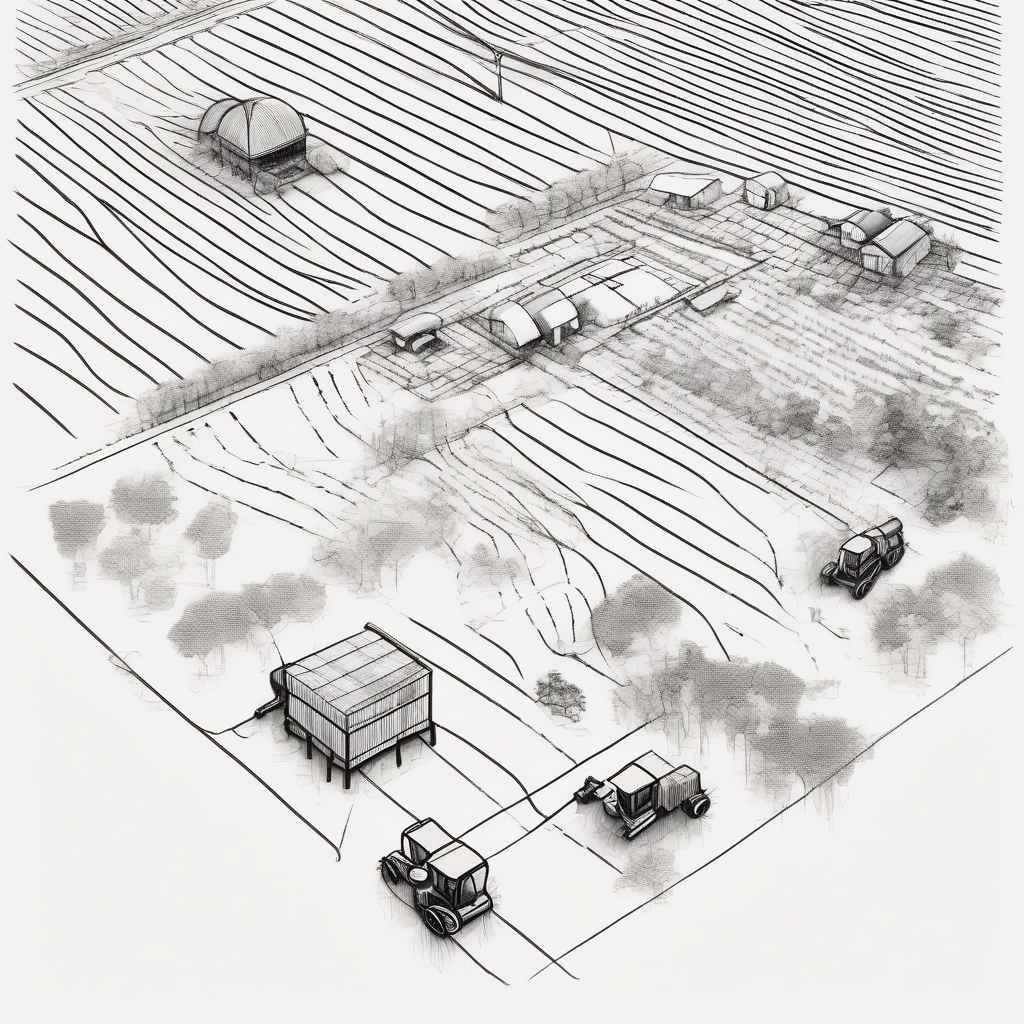IoT is an environment where objects, animals or people are equipped with unique identifiers capable of data transmission over Internet network without the need for human-human or human-computer interaction (Gluhak et al., 2011). According to Juniper Research (Juniper Research, 2015) over 13,4 billion device were connected to the internet as part of IoT in 2015 and there is expected increase by 185% to 38,5 billion devices by year 2020. IoT has uses is almost every area of modern society . Among the major areas are Smart Health Care, Smart Cities, Smart Industry, Autonomous Vehicles, Smart Agriculture, Precision Agriculture, Smart Homes and others.
IoT has great potential and is one of the key areas for future development of internet services. Major IT companies and most countries are keen to explore IoT issues. New uses of IoT are being searched for and established, but most of the effort is in the area of solution standardization .Issues of IoT are part of the Digital Agenda for Europe . As part of European research and innovation framework HORIZON 2020, it is expected that over 140 billion EURO will be invested in technologies connected to IoT just between 2016 and 2017.
IoT technology helps in collecting information about conditions like weather, moisture, temperature and fertility of soil, Crop online monitoring. IOT allows farmers to get connected to his farm from anywhere at anytime. Wireless sensor networks are used for monitoring the farm conditions and micro controllers are used to control and automate the farm processes. Wireless cameras have been used to view remotely the condition of the form. A smart phone empowers farmer to keep updated with the ongoing conditions in any part of the world.
The farming and agricultural industry relies on innovative ideas and technological advancements to help increase yields and better allocate resources. The late 19th century and the 20th century brought a number of mechanical innovations, like tractors and harvesters. Today, a driving force behind increased agricultural production at a lower cost is the Internet of Things (IoT), which leaves the door wide open for engineers looking to bring a smart farming solution or IoT agricultural sensor to market. Internet of Things applications in agriculture include farm vehicle tracking, livestock monitoring, storage monitoring, and much more. For example: Livestock sensors can notify ranchers when animals have roamed from the herd so that ranch hands can round them up.
Soil sensors can alert farmers to irregular conditions like high acidity, giving the farmer time to reconcile the issue and produce better crops.
Self-driving tractors can be controlled remotely, providing significant savings in labor costs. The next several years will see increasing use of these and other smart farming technologies. In fact, IoT device installations in the agriculture world are projected to experience a compound annual growth rate of 20 percent. And according to a January 2016 Machina Research report, the number of connected agricultural devices is expected to grow from 13 million at the end of 2014 to 225 million by 2024.
REFERENCES :
Dr. Veena S,Mahesh K, Rajesh M,Salmon S . (2018) “The Survey on Smart Agriculture Using IoT ”, International Journal of Innovative Research in Engineering & Management (IJIREM) ISSN: 2350-0557, Volume-5, Issue-2, March-2018.
M. Stočes, J. Vaněk, J. Masner, J. Pavlík . (2016) “Internet of Things (IoT) in Agriculture – Selected Aspects”, Agris On-line Papers in Economics and Informatics VIII(1):83-88 · March 2016
